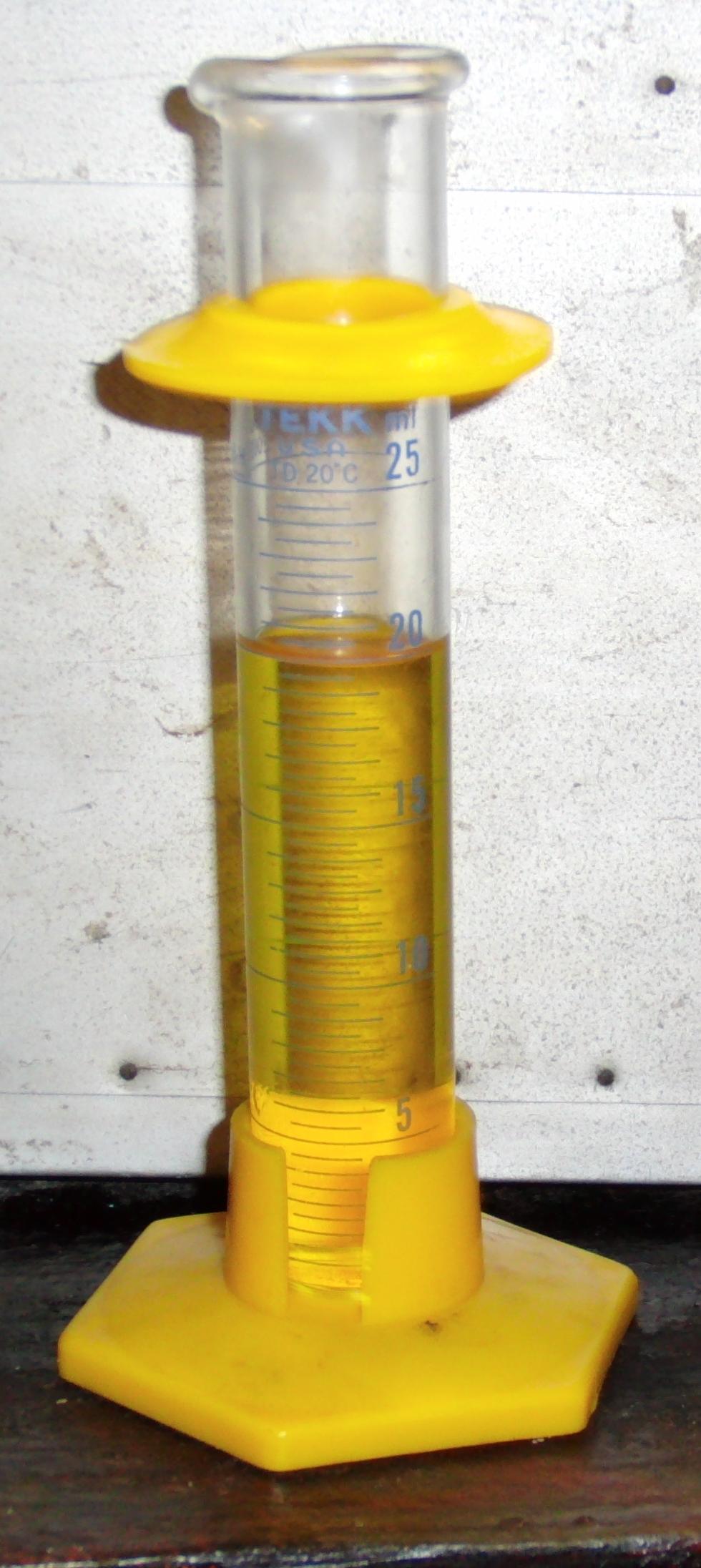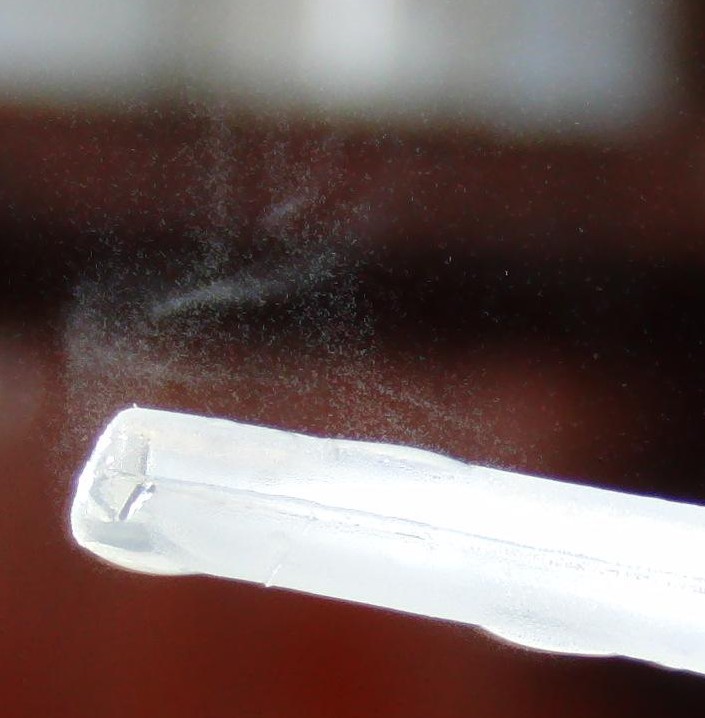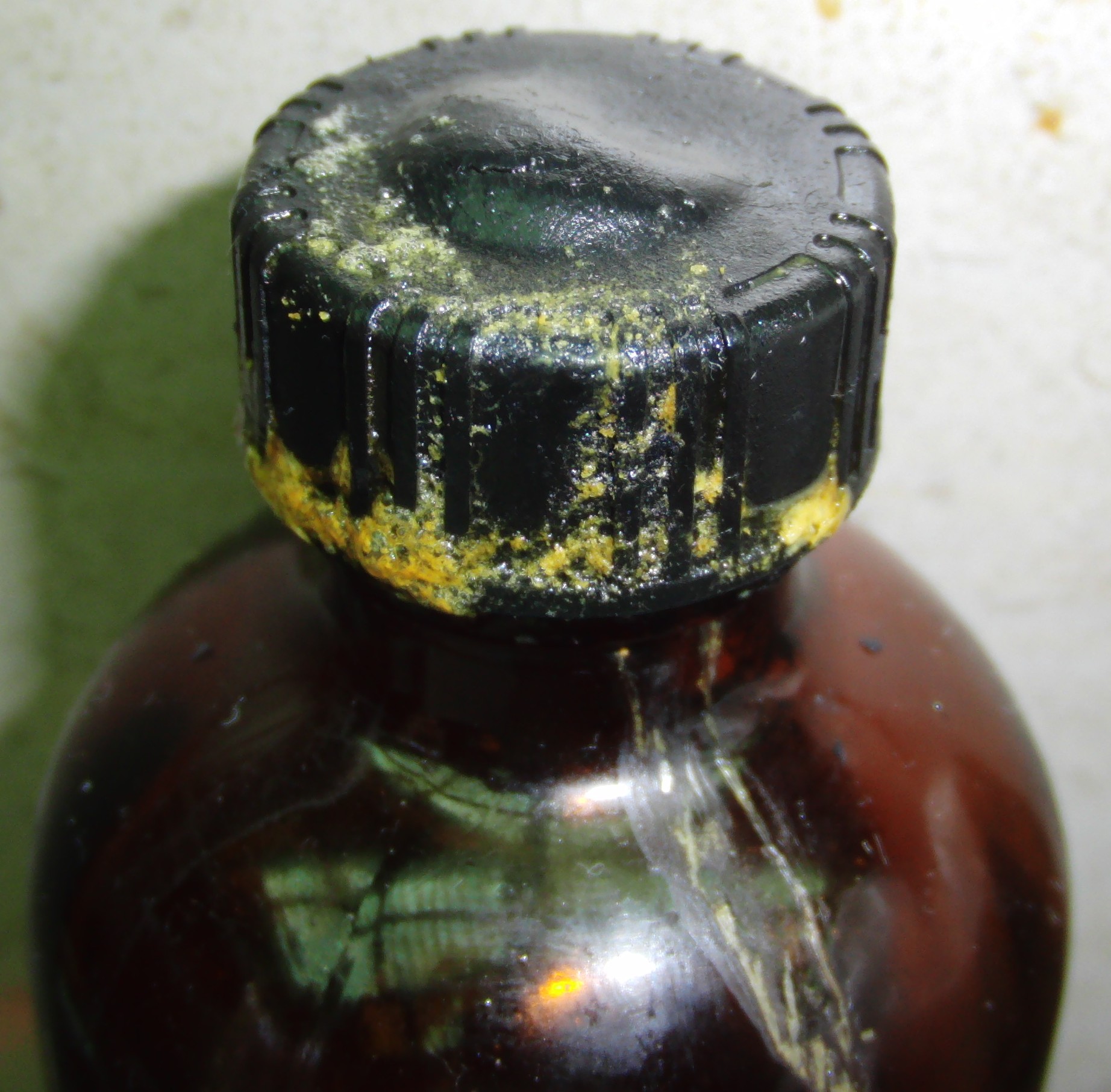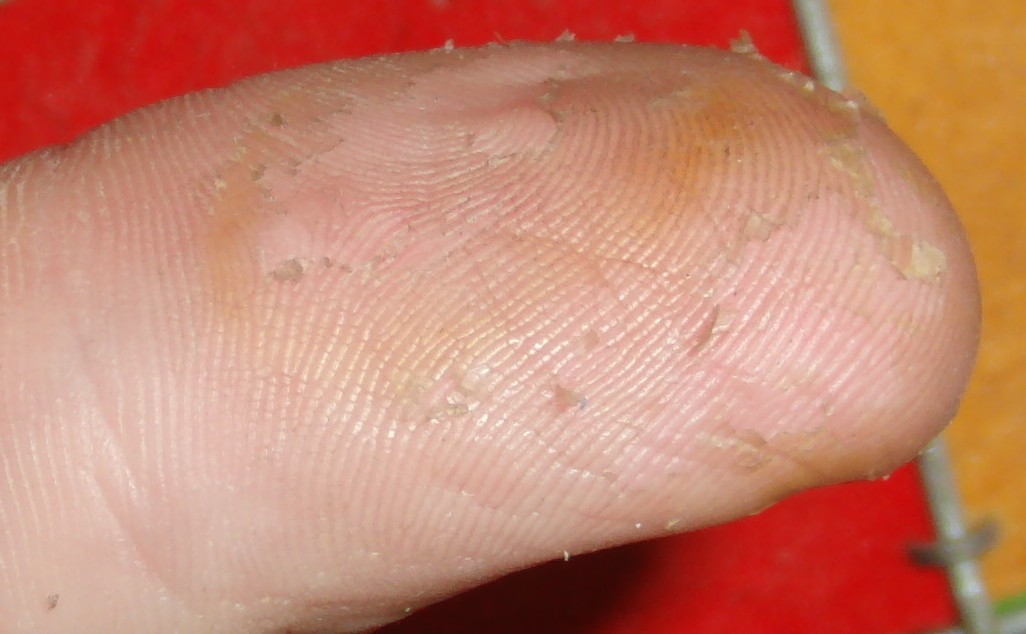This is an old revision of the document!
Table of Contents
Left: RFNA. Right: fuming nitric acid (forget if it was RFNA or WFNA)
Applications
Includes:
- Epoxy decapsulation
- Etch solutions (ex: HNA)
Storage
I've had the best luck storing it in actinic (tinted) glass with a PTFE stopper. Although, I've only used the PTFE stoppers because it came with the bottles. PTFE has a high CTE and a glass stopper would probably work better.
Update: more recently I've been storing bulk WFNA in Nalgene PFA bottles with ETFE lids. I was originally afraid that the WFNA would outgas and with a stopper there is a natural way to release pressure. However, I haven't observed significant outgassing and thus this seems to be a superior way as its:
- Shatter resistant
- Spill resistant
- Seems to offer decent UV protection
Standard glass seems to work decently but I found that it decomposed quicker. If it was stored in a cabinet it should be fine.
Above: RFNA stored in a standard wheaton bottle. I had 70% stored in an identical bottler for over a year and had no problems. Unfortunately, RFNA is much more potent and the fumes ate through in a matter of days. Upon mild pressure the top collapsed altogether.
Suppliers
DudaDiesel sells this in 63% concentration but can sell you higher concentrations if you ask nicely / pay extra.
I do not know of any US suppliers that will sell RFNA to the average joe.





